70 F. high temperature in Minneapolis - St. Paul Wednesday.
58 F. average high on April 15.
36 F. high on April 15, 2014.
April 15, 2002:
Early heat-wave over Minnesota. Faribault hit 93 degrees while the Twin
Cities had its earliest 90 degree temperature with a high of 91.
Tornado Helmets
I can't remember ever weeping my way through a book but "
What Stands in a Storm"
is profoundly moving. Kim Cross's dark masterpiece documents the record
2011 super-outbreak: 358 tornadoes over 3 days - 348 people deaths,
most of them in Alabama.
In a day and age when media focuses on
statistics, Doppler radar and the visceral, adrenaline thrill of tornado
chasing, this book reminded me of the real toll: 348 individual tornado
tragedies, and how shared pain and trauma ultimately pulls a community
together and makes it stronger. Why does it take something unimaginably evil to pull people together?
Now comes
new research
showing that helmets (hockey, football, cycling) lower the risk of
injury in a tornado from flying debris and blunt head trauma. One more
way to lower your risk.
A test of the emergency sirens is
scheduled for 1:45 PM and 6:55 PM today. But don't rely on the sirens as
a primary source of information. Sirens were designed for outdoor use
only. If you wait for the siren to sound you're setting yourself up for
trouble.
Nothing severe brewing anytime soon, but latest model
guidance shows a growing chance of showers late Saturday with a soaking
rain chance on Sunday. The ECMWF prints out 1 inch of rain before we
cool down into the 40s and 50s next week.
7 inches of snow
delighted Twin Cities residents in April of 2014. So far this month: .3
inches. I think snow season is over now. No guarantees. There never are.
University of Alabama (Birmingham) Researchers Say Add A Helmet To Your Tornado Preparation Kit. Here's an excerpt of a 2012 press release from the
University of Alabama: "...
Previous
research has shown that most tornado-associated injuries and deaths
result when people or solid objects become airborne,” said Russ Fine,
Ph.D., director of the UAB ICRC. “Most victims suffer multiple traumatic
injuries, including injuries to the head and neck. And head injuries
have a statistically higher case-fatality rate of 23 percent versus the 3
percent case-fatality rate of all other injuries combined.” In the
commentary, the researchers recommend “the use of any helmet, or head
covering made of a hard material and worn to protect the head from
injury, stored in an easily and readily accessible location in the home,
workplace or vehicle for which one of its purposes is to be worn in the
event of or threat of tornadic activity...”
Tornado Safety Tips. Here is an excerpt from the
Minnesota Department of Public Safety tackling what to do and what not to do if a tornadic thunderstorm is approaching your home:
In a House With a Basement
Avoid
windows. Get in the basement and under some kind of sturdy protection
(heavy table or work bench), or cover yourself with a mattress or
sleeping bag. Know where very heavy objects rest on the floor above
(pianos, refrigerators, waterbeds, etc.) and do not go under them. They
may fall down through a weakened floor and crush you.
In a House With No Basement
Avoid
windows. Go to the lowest floor, small center room (like a bathroom or
closet), under a stairwell, or in an interior hallway with no windows.
Crouch as low as possible to the floor, facing down; and cover your head
with your hands. A bath tub may offer a shell of partial protection.
Even in an interior room, you should cover yourself with some sort of
thick padding (mattress, blankets, etc.), to protect against falling
debris in case the roof and ceiling fail.
3 More Days of Spring Fever - Sunday Soaking?
ECMWF guidance prints out just over 1" of rain on Sunday. That may be a
little on the high side, but there's little question that Sunday will
be the wettest day of the next 8-9 days. Lukewarm 60s to near 70F for
highs give way to 40s and 50s next week as a northwest wind flow kicks
in with a series of (weak) Alberta Clippers.
Evidence of El Nino.
The Pacific ocean continues to warm, and there's a strong correlation
between El Nino warming events and a stronger southern branch of the jet
stream .Exhibit A is the 7-Day rainfall prediction from NOAA, showing
some 4-7" amounts from Houston to New Orleans and Mobile.
Late Season Snow Potential.
Be glad you don't live in northwest Ontario, where the GFS is printing
out 12-16" of snow by next Thursday at 1 PM. Significant snow is
possible over the central Rockies, with a couple inches of slush next
week for far northern Minnesota. Sorry. Just the messenger - although I
don't see any accumulating snow here in the metro area. Source: NOAA and
AerisWeather.
Warming Up Again Late April.
500 mb forecast winds aloft, courtesy of NOAA's GFS model, show a warm
ridge expanding northward across the Plains by April 29, with
temperatures probably returning to the 60s, maybe some low 70s, as we
sail into May. Source: GrADS:COLA/IGES.
Flooding vs. Flash Flooding.
When I think of flooding it usually implies a long-duration rain event
capable of flooding streams and rivers. Flash flooding usually applies
to extremes amounts of rain in summer thunderstorms, especially storms
that stall or "train" (new storms popping up along a line, replacing the
old storms, resulting in 6"+ rainfall amounts). Here's an excerpt from a
good primer on flooding from the
Minnesota Department of Public Safety:
*
Nationally, floods claim nearly 200 lives each year, force 300,000
persons from their homes and result in property damage in excess of $2
billion. In Minnesota, floods kill more people than any other weather
event; 15 people have died in floods since 1993.
* About 75
percent of flash-flood deaths occur at night. Half of the victims die in
automobiles or other vehicles. Many deaths occur when people drive
around road barricades that clearly indicate that the road is washed out
ahead.
* In 2007, a deadly flood occurred August 18-19 in
southeast Minnesota, killing seven people and destroying hundreds of
homes and businesses. A state record for rainfall was set at Hokah —
15.1 inches in 24 hours — while several other areas received more than
eight inches of rain. (File photo: Reuters).
Here's An In-Depth Look At The Tornado That Destroyed Fairdale, Illinois.
Dennis Mersereau does a terrific job summarizing the ingredients that
went into the exceptionally powerful storms that blew up west of Chicago
last week; here's an excerpt at
Gawker's The Vane: "...
The
tornado that destroyed Fairdale is notable because it was towards the
top of the Enhanced Fujita Scale, which is pretty rare when you take
into account all of the tornadoes that develop around the country. We
hear about these monsters more than the thousands of other tornadoes
that have developed simply because of their intensity. High levels of
media coverage create the illusion of a plague of violent tornadoes,
when the odds that you'll ever see or take a direct hit from one of
these storms are minuscule..."
*
Photo of Fairdale Tornado Victim Found 35 Miles Away in Harvard. This gives you some idea of the power of an EF-4 tornado.
CBS Chicago has the details.
The Science Behind Midwest's Killer Tornadoes.
National Geographic
has a good primer on the state of tornado research, overall statistics
and an explainer on how supercell (mesocyclones) harness wind shear and
explosive instability to brew up nature's strongest wind. Here's a clip:
"...
Large tornadoes usually last longer—around 30 minutes. The most
powerful twisters have wind speeds of more than 300 miles (483
kilometers) per hour, which can rip buildings off their foundations.
They can be more than two miles (3.2 kilometers) wide, and can spin
across the ground for dozens of miles. Tornadoes kill an average of 60
people a year in the U.S., mostly from flying or falling debris, reports NOAA..."
Photo credit above: "The
remains of Ogle County Sheriff Brian VanVickle's home is seen in
Rochelle, Ill. on Friday, April 10, 2015, a day after the communities of
Rochelle, Ill. and Fairdale, Ill. were impacted by tornado damage." (AP Photo/Daily Herald, Laura Stoecker).
Pacific Winds Tied To Warming Slowdown - Dry West.
Climate Central attempts to connect the dots; here's an excerpt: "
To
understand why the West has been so dry since the turn of the century,
cast your eye further west — to the natural waxing and waning of Pacific
Ocean winds. Strong trade winds have been forcing heat into ocean
depths, contributing to a temporary slowdown in land surface warming
over the past 15 to 20 years that some have called a warming hiatus,
pause or false pause. New research published in the Journal of Climate has gone further — implicating those winds in stubborn droughts afflicting Western states..."
Image credit above: "
Trade
winds along the equatorial Pacific are in part responsible for a
warming slowdown and western U.S. drought says new research." Credit: Earth Wind Map
Fossil Fuels Just Lost The Race Against Renewables. Bloomberg Business has the article - here are two excerpts that caught my eye: "...The
race for renewable energy has passed a turning point. The world is now
adding more capacity for renewable power each year than coal, natural
gas, and oil combined. And there's no going back....
The price
of wind and solar power continues to plummet, and is now on par or
cheaper than grid electricity in many areas of the world. Solar, the
newest major source of energy in the mix, makes up less than 1 percent
of the electricity market today but will be the world’s biggest single
source by 2050, according to the International Energy Agency. The
question is no longer if the world will transition to cleaner energy,
but how long it will take..."

No Helmets or Seat Belts? Baby Boomers Lived Dangerously By Today's Standards.
Some complain about the "nanny state", too many rules and regulations
designed to keep us safer. But would we really go back in time to a far
more reckless childhood? It's a wonder any of the boomers are still
around, according to Jeff Strickler at
The Star Tribune; here's an excerpt: "
By
today’s safety standards, every baby boomer should have been dead by
the time we were 12. We defied danger on a daily basis. We never knew
that we were doing risky things, of course; we just thought that we were
having fun. Nonetheless, we spent our days immersed in activities that
we’d never for a second allow our children or grandchildren to do. Or
even think about doing..."
The Virtue Of Being Short.
The Atlantic reminds me why I should be thrilled to be 5 feet, 10 inches tall (on a good day). Here's an excerpt: "
If you've ever had a tall man
stand in front of you at a concert, blocking your view, and wished that
he would have a heart attack, the odds were against you. Tall men are
less likely to develop heart disease than are short men, according to
research published last week in The New England Journal of Medicine.
In a study of more than 200,000 people, every 2.5 inches of height
meant a 13.5 percent lower likelihood of coronary artery disease..."
TODAY: Siren test. Sun through high clouds. Winds: S 8. High 66
TONIGHT: Mostly cloudy and quiet. Low: 45
FRIDAY: Partly sunny, still lukewarm and pleasant. High: near 70
SATURDAY: Clouds increase - showers late, especially south/west of the metro. Wake-up: 50. High: 67
SUNDAY: Soaking rain, up to 1" possible. Wake-up: 49. High: 53
MONDAY: Showers taper, clouds linger. Wake-up: 42. High: 49
TUESDAY: Mix of clouds and sun, cool breeze. Wake-up: 33. High: 48
WEDNESDAY: Some sun, cooler than average. Wake-up: 32. High: 50
Climate Stories...
The Pacific Ocean Has Been Slowing Global Warming Down. That May Be About To Change. Chris
Mooney takes a look at the "temperature pause", the PDO and how natural
variability in the Pacific ocean may have been masking some of the
(atmospheric) warming the last 15 years. Here's a snippet from
The Washington Post: "...
At
the end of the day, the planet’s temperature is the result of both
anthropogenic factors like humanity’s carbon emissions, but also modes
of natural variability like swings in the Pacific and changes in the
output sun. You can’t understand the climate system if you don’t take
both into account — and you definitely can’t adequately predict its
behavior without including both elements. Thus, in the end, it may well
be that the so-called global warming “slowdown” or “pause” — used to so
sharply challenge climate scientists — may lead to their ultimate
vindication."
Broadcast Meteorologists Increasingly Convinced Manmade Climate Change is Happening.
Is it unanimous? Hardly, but the sheer weight of mounting data and
overwhelming evidence is having an effect. Here's a clip from Jason
Samenow at
The Capital Weather Gang: "
TV
weathercasters are more convinced than ever climate change is happening
and that human activities are a major contributor suggest the results
of a new report. More than 90 percent of 464 broadcast meteorologists
who responded to a 2015 survey agree climate change is happening and, of
those, 74 percent believe human activity is at least half responsible,
states “A National Survey of Broadcast Meteorologists About Climate
Change: Initial Findings”, from the George Mason University (GMU) Center for Climate Change Communication...."
Farming Moves North Because of Global Warming-Induced Changes. Here's a clip from a post at
Myrtle Beach Online: "...
but
rising temperatures are breathing new life into northern agriculture.
Farm economists say that the net result will be a vast expansion in
America's food growing capability. A century ago, corn was not a viable
crop above North Dakota's southern third. But an average temperature
rise of 2.7 degrees over that period has let North Dakota farmers grow
feed corn up to the Canadian border. The growing season there is three
weeks longer. In farming, that's huge..."
Read more here: http://www.myrtlebeachonline.com/opinion/op-ed/article18504026.html#storylink=cpy
New Video: The Trouble at Totten Glacier. What's
really happening in Antarctica, and why should all of us, especially
those of us living on the coasts, pay attention? Here's a link, excerpt
and video from
Climate Denial Crock of the Week: "...
He
added, “Meanwhile, 2015 could be the year of the double whammy — when
we learned the same about one gigantic glacier of East Antarctica, which
could set in motion roughly the same amount all over again.” The
decades-long unfolding of this story – that vast areas of ice once
thought to be invulnerable on time scales meaningful to humans, may in
fact already be in the process of disintegration – is one that that the
vast majority of humanity still does not understand, and that the media
has been unwilling to track. It’s a realization that, one top expert
told us, even seasoned ice sheet veterans find “shattering”...."
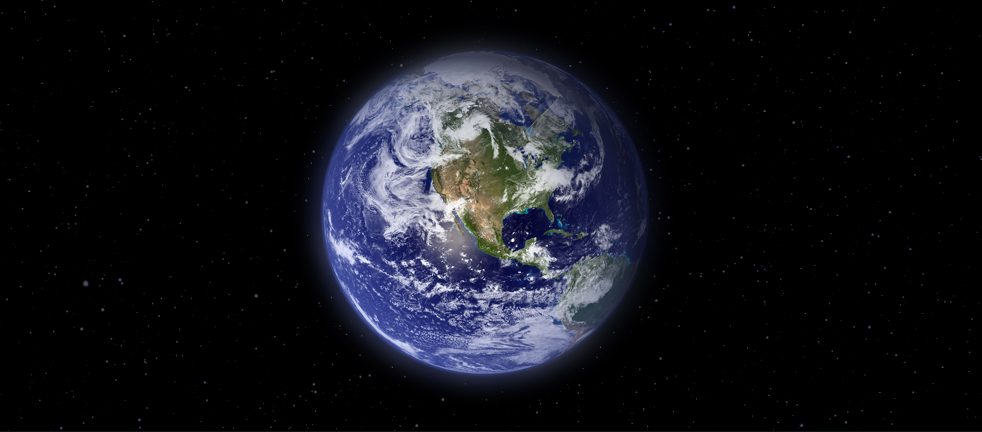 Open Data. New Tech. Better Climate Solutions
Open Data. New Tech. Better Climate Solutions. Here's an excerpt of a story at
TheHill that resonated: "...
"The
climate gap” means that the poor, the sick, the elderly, and people of
color—the same communities that are already disproportionately impacted
by disease, illness, and injury—are again disproportionately harmed by
the impacts of climate change. People with chronic illness are more
susceptible to rising ozone levels. Those who live in tree-poor urban
heat islands--or who work outdoors in construction or agriculture-- are
at higher risk of heat illness. People living in poverty are less able
to cope with rising food prices, or to rebuild their lives after a
Katrina or a Sandy..."
Climate Change Denial 101.
onEarth has a story about an online course that teaches students how to debate climate change deniers - and win. Here's a clip: "...
For
this reason and others, climate change denial has become its own field
of academic study, separate from the science of climate change itself.
And, like any legitimate field of study, climate change denial has its
own massive open online course,
or MOOC. John Cook, a climate communication fellow at the University of
Queensland in Australia and the creator of the excellent website Skeptical Science,
is coordinating the course. It will feature climatologists, modelers,
chemists, computer scientists, meteorologists, and glaciologists—real
scientists talking about science, rather than economists, politicians, and media personalities all shouting at the same time. What a crazy idea..."
The U.S. Will Soon No Longer Be The Leading Cause of Modern Global Warming. ThinkProgress has the story - here's the introduction: "
China is set to overtake the United States as the leading cause of modern global warming at some point within the next two years, a dangerous benchmark for a country that’s also aiming to curb its dependence on coal. China is already the top emitter of greenhouse gases, having surpassed the United States in 2006,
but two separate estimates now indicate that its cumulative emissions
since 1990 are on pace to exceed those of the United States, which would
make China the largest contributor to modern climate change..."
Demanding Divestment of Fossil Fuel Investments, Protesters Block Harvard President's Office. Here's an excerpt from
WGBH News in Boston: "
Students
and climate change activists will gather in Harvard Yard in Cambridge
all this week, demanding that nation's oldest -- and the world's
wealthiest -- university drop its stocks in fossil fuel companies.
Hundreds of alumni and dozens of students say they're willing to be
arrested. Beginning Sunday night, the student-led group Divest Harvard
is planning to block Massachusetts Hall, preventing President Drew Faust
from entering her office. Organizers say they won't move until Faust
commits to divest the university's $36-billion-dollar endowment from top
fossil fuel companies, such as Exxon Mobil, and Chevron..."
Photo credit above: "
Students protest outside the president's office Sunday night at Harvard University.
" Kirk Carapezza WGBH News.
Have We Passed The Point Of No Return on Climate Change? Here's an excerpt of an answer at
Scientific American: "...
Most
climatologists agree that, while the warming to date is already causing
environmental problems, another 0.4 degree Fahrenheit rise in
temperature, representing a global average atmospheric concentration of
carbon dioxide (CO2) of 450 parts per million (ppm), could set in motion
unprecedented changes in global climate and a significant increase in
the severity of natural disasters—and as such could represent the
dreaded point of no return..."
Climate Change Has Made A Sailboat Race Through The Arctic Possible.
Quartz reports; here's the intro: "
A
sailing race across the icebound Northwest Passage is being planned for
2017, through a route the organizers say has been made possible by
climate change. The Sail the Arctic Race
will involve teams setting sail from New York for a 7,700-mile journey
to Victoria, British Columbia. They will race for six legs with
stopovers in cities in the US, Canada, and Greenland. The route used to
be unnavigable because of pack ice, which may well still be problematic
for the race participants. But in the years since 1998 there has been
less ice, with more below-average than above-average years, and more
open water, Environment Canada told CBC News..."


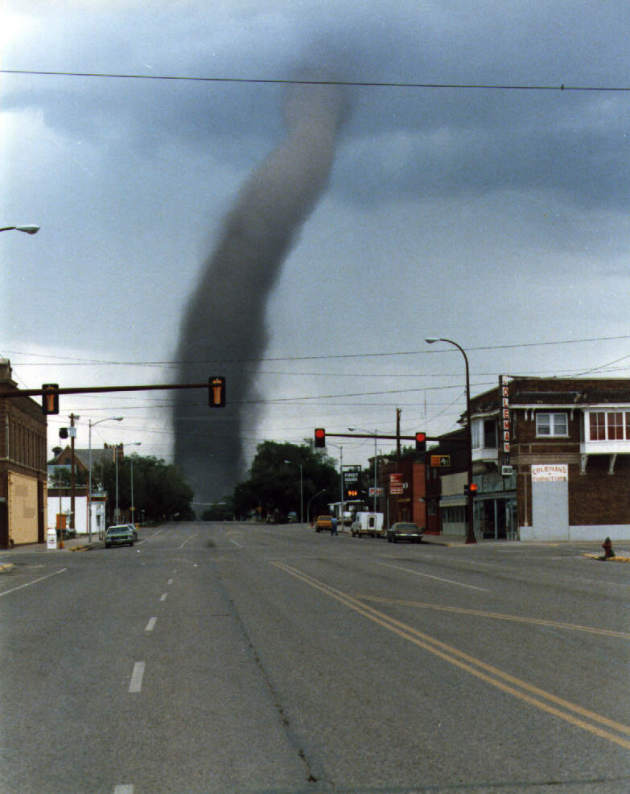
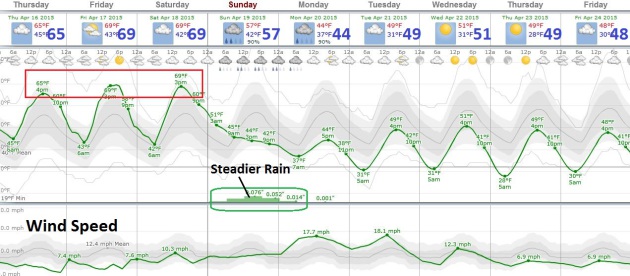
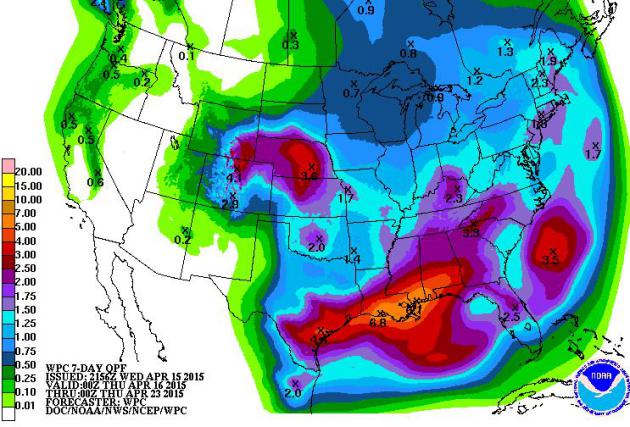

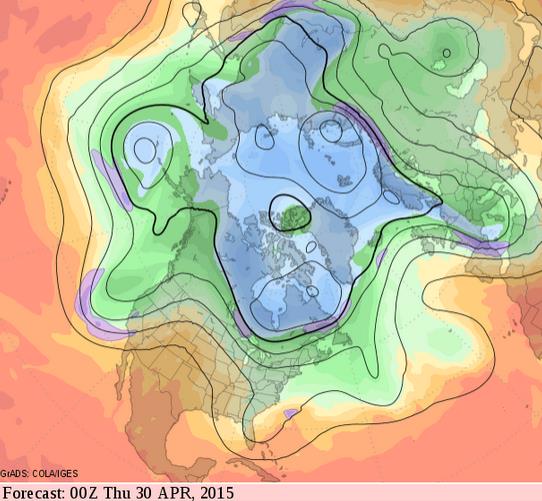

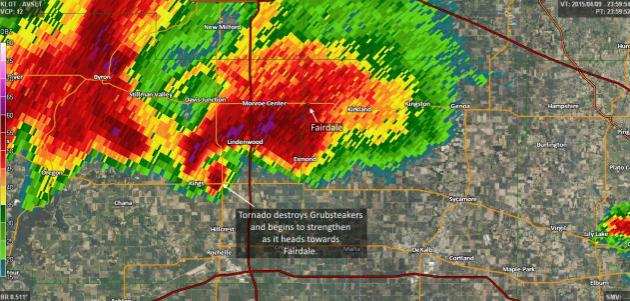
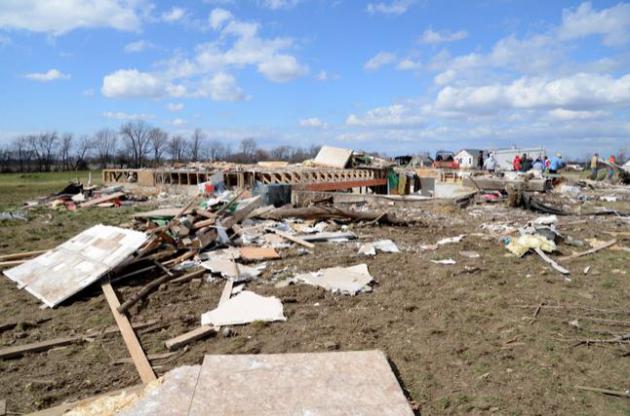

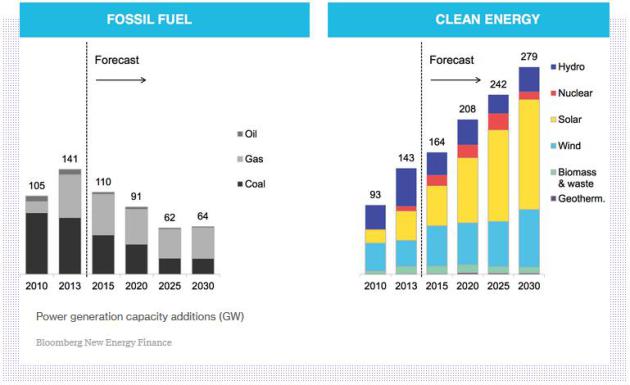


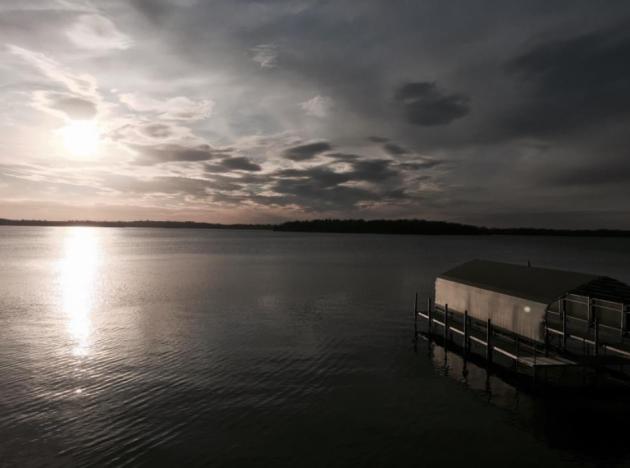

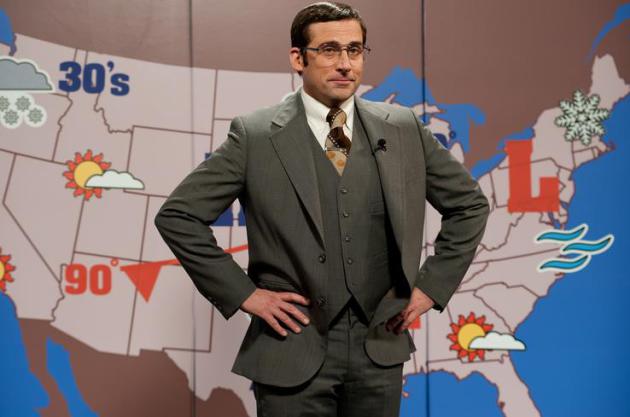
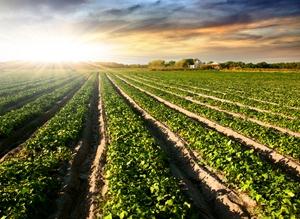
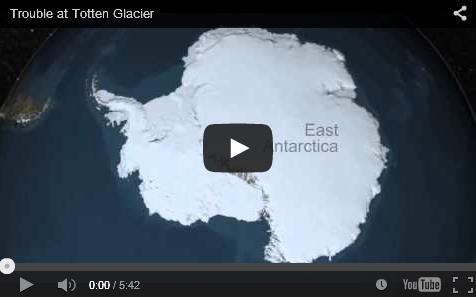

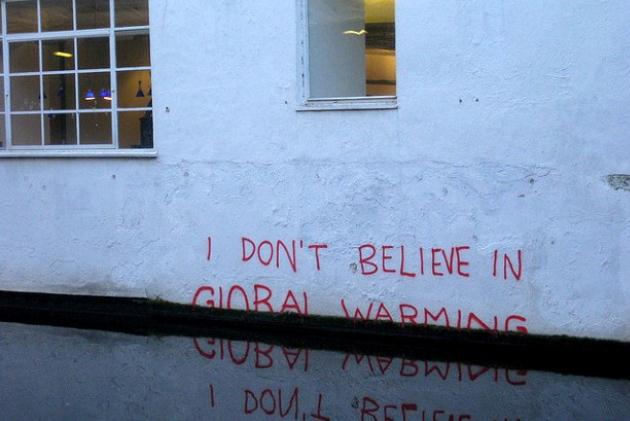
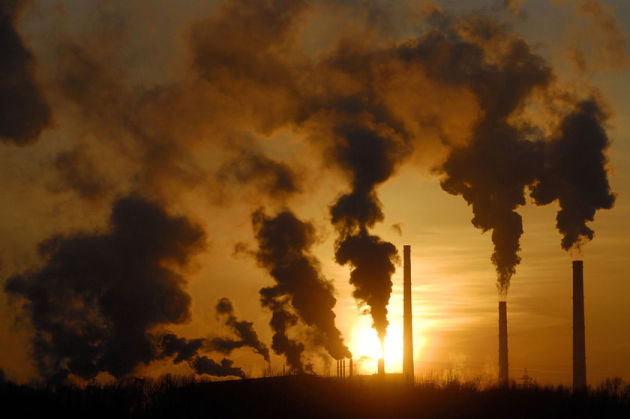
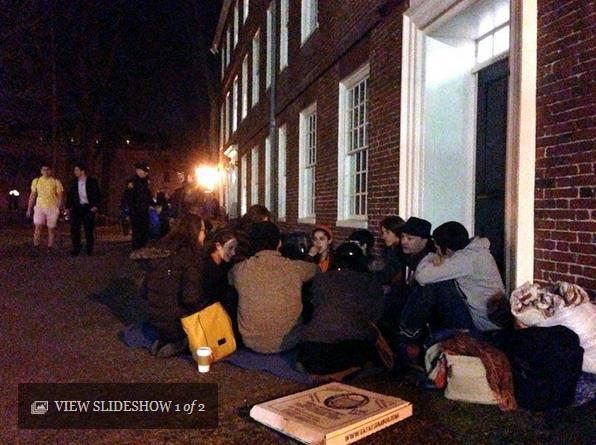

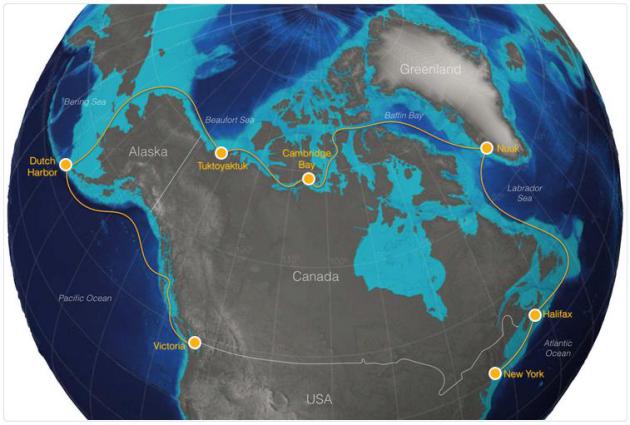
No comments:
Post a Comment